5 Ways Premium Car Brands Are Elevating the Luxury Game
From backseat champagne coolers to self-parking technology, these are the must-have features in high-end cars today
From backseat champagne coolers to self-parking technology, these are the must-have features in high-end cars today
Looking to spend more time on the road this summer? You’re not alone—as The Wall Street Journal proclaimed in May, “domestic travel has experienced a vaccine-infused rebirth.” But a journey by car need not mean forgoing the luxuries you’d usually associate with first-class travel. Instead, premium car brands are offering bespoke design services and high-end features to rival those of a superyacht or private jet. Find five of the best, here.
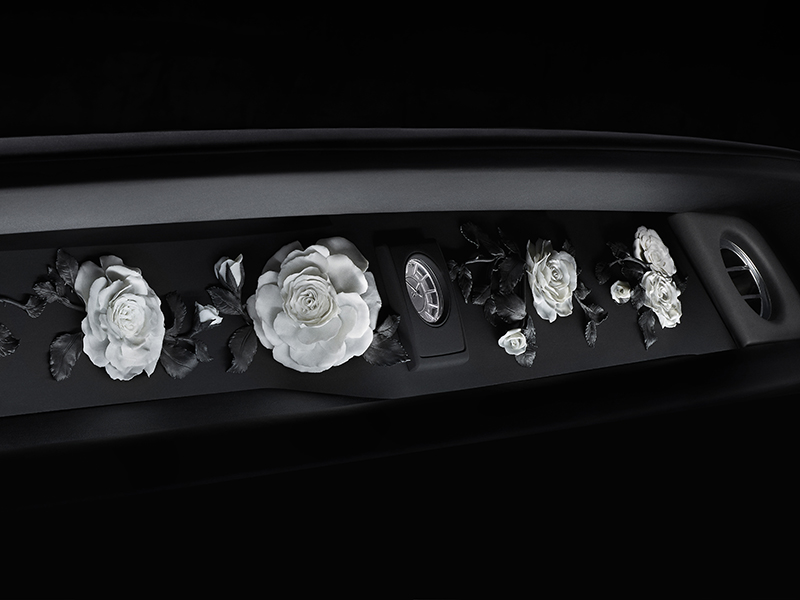
Premium vehicles are increasingly commissioned, not simply bought—and Rolls-Royce, perhaps unsurprisingly, is the leader of this new luxury car trend, incorporating unique touches of your choice and creating a bespoke cabin that reflects your taste.
Customizations include a personalized picnic set and a “starlight headlining” interior roof, in which thousands of fiber-optic lights replicate the stars. These constellations can be arranged according to the way in which the night sky appeared on a date of your choice. But perhaps its most striking option is the “gallery” offered in its flagship Phantom sedan. Owners can commission a work of art to sit behind a toughened, crash-tested frame, positioned in the dashboard in front of the passenger seat.
The works commissioned so far have been created in everything from ceramics to porcelain, gold leaf, and perfectly arranged feathers. Few may be granted admission to this particular gallery, but for art-collecting Rolls-Royce owners, there will be real delight in taking their passion with them.
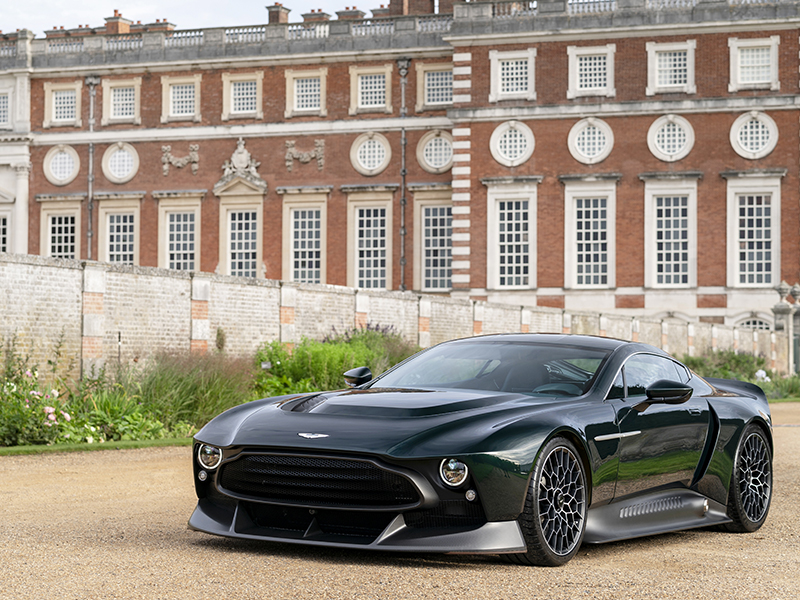
Why limit what you can commission to the interior of a car? If you’re looking to splash out on a vanishingly rare luxury model, you’ll want to be sure its body is unique too—designed for, or even by, you.
This was common in the early years of motoring: luxury marques such as Bentley and Rolls-Royce would supply a “rolling chassis” (essentially everything but the body) to a coach builder such as Mulliner, who would tailor an exterior to the personal needs and tastes of the owner. The practice died off after the 1950s, as cars were increasingly manufactured with the chassis and body integrated, making major changes in exterior design expensive and often impossible. But car design is changing again, with sports and luxury models using a separate chassis made of aluminum or carbon fibre, freeing you to once more clothe your car with a bespoke exterior.
Most of the premium marques offer this option to their very best customers, but many such projects remain secret, going into large private car collections and rarely glimpsed on the road. Thankfully, Aston Martin was recently given permission by a Belgian collector to reveal the unique, $6 million “Victor” hypercar commissioned from the company’s “Q” bespoke division. It’s a sensational-looking car, and drives as well as it looks. It’s just a shame that only one will ever be made.
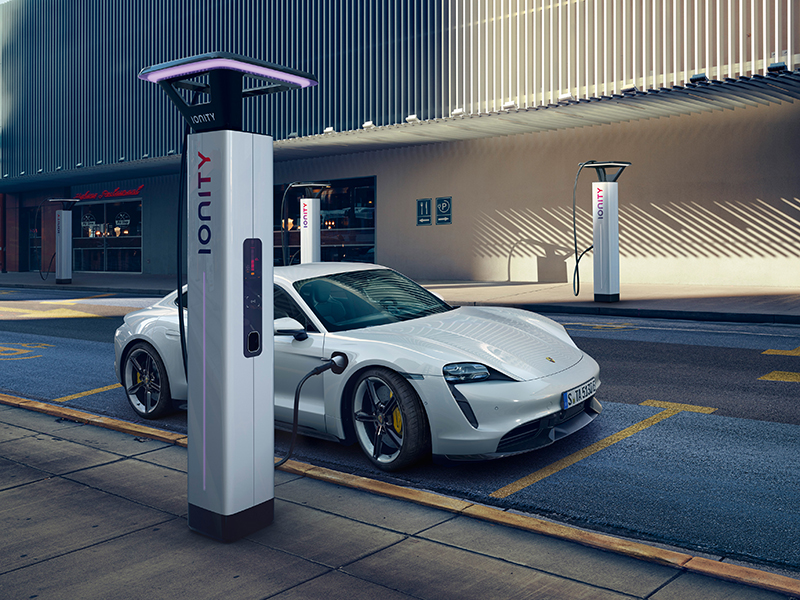
As luxury cars shift to electric propulsion—Bentley will be all-electric by 2030, for example—buyers will increasingly seek out the models that offer the longest range between charges, and the fastest charging if you do have to make a stop.
While at-home charging points will become ubiquitous, if you’re away overnight, or embarking on a road trip with a lot of driving, you may need to use the public charging network and wait while your car fills up. Faster charging simply means less waiting and, with the Porsche Taycan going from five to 80 percent full in just 22 minutes on the fastest charge points, you may not be kept waiting at all once you’ve been to the restroom, stretched your legs, and grabbed a coffee.
The Taycan is the current charging champion, able to add more than 15 miles (24 km) of range for every minute it’s plugged in, but others are planning to steal its crown. The forthcoming Lucid Air claims to charge at 20 miles (32 km) per minute, and the new $2.4 million Rimac Nevera electric hypercar will not only be the fastest-accelerating car in the world when deliveries start later this year, but will offer the fastest charging too.
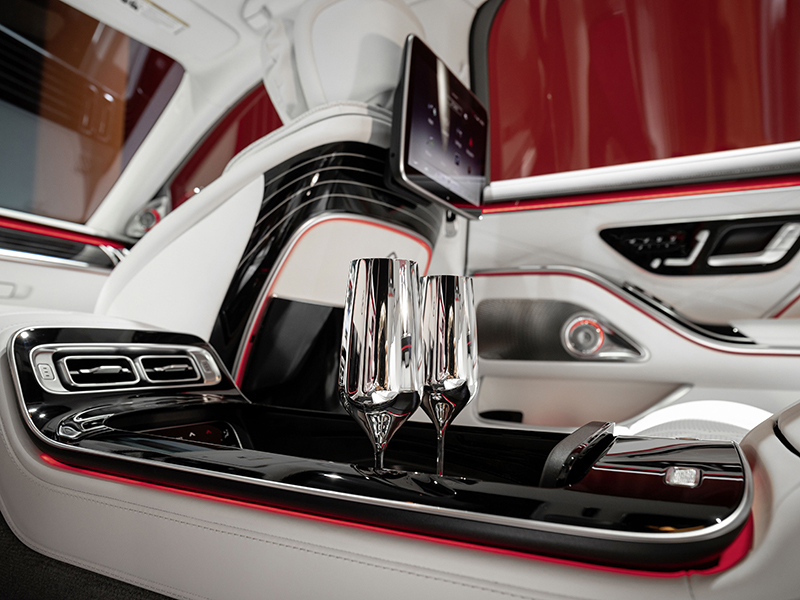
If you’re looking for a car that will be primarily chauffeur-driven, your design considerations are likely to focus on the back seat, rather than the driver’s. So, it’s little surprise that most of the premium car brands offer rear seat configurations that get close to the comfort and legroom you’d find in the first-class cabin of an airliner.
The new Mercedes-Benz S-Class has one of the best. Its First Class Cabin package offers two individual rear seats that recline far enough to allow you to sleep comfortably, and extend to support your legs. There are aircraft-style fold-out tables if you want to get some work done, and a fridge and silver-plated champagne flutes if you don’t.
One of the key advantages of the S-Class for many buyers is that the luxury is all within. Although a desirable car, they’re a subtle way in which to travel. Few will notice that you’ve paid extra for the long-wheelbase version with extra legroom, and nobody will spot you at all behind the privacy glass. Or, if you’re comfortable with a little more attention, the range-topping Maybach version offers another seven inches (18cm) of legroom, and a slightly more showy exterior.
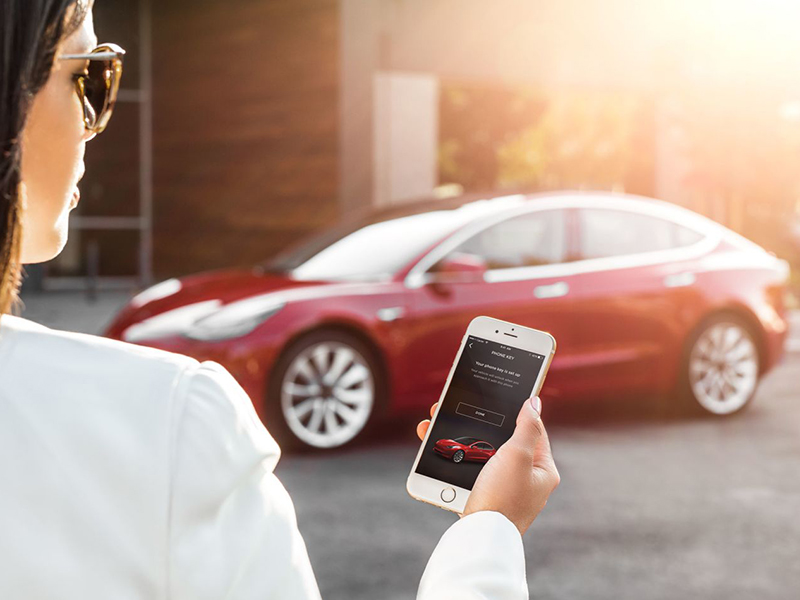
For pure kerbside theater, it’s hard to beat the remote self-parking functions offered by Tesla. Using the same sensors that allow the car to drive semi-autonomously on the highway, all the brand’s models can parallel park, back themselves into tight spaces, drive themselves in or out of your garage, and even come to you in a car park.
All functions are controlled with your phone or a 007-like keyfob, but is it really useful? Possibly, in situations where squeezing out of the car after you’ve parked might be awkward. But really, most of the appeal lies in seeing your car drive towards you unaided. Knight Rider anyone?
Banner image: The Mercedes-Maybach S-class